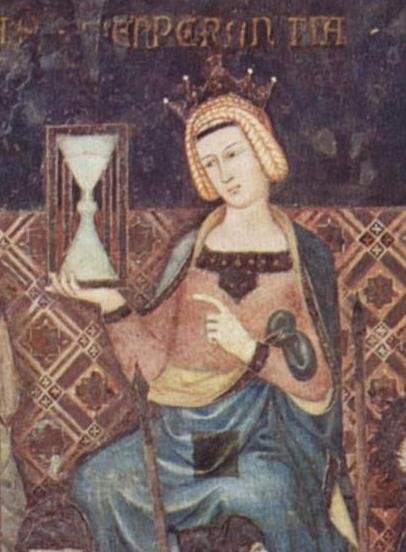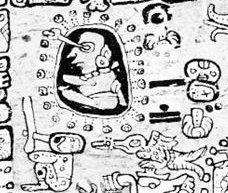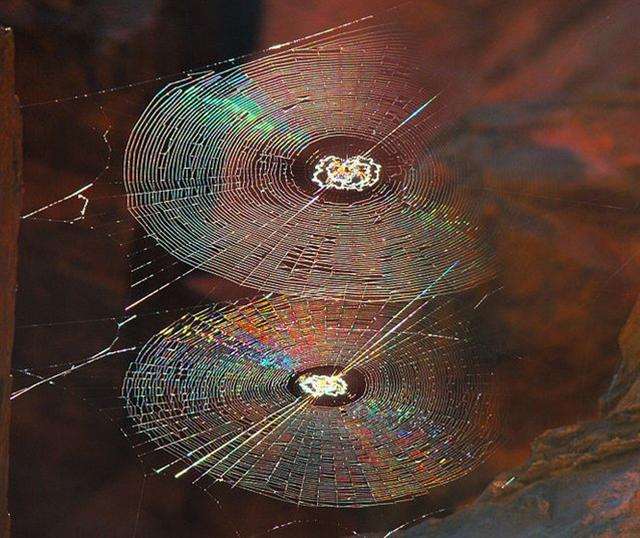446. So far so good (maitaki). Hercules was turned upside down like an hour-glass when his time was due.  The right ascension time-space distance (caused by the precession) down to Roman times was around *27 days and since 392 (number of glyphs on side a of the C tablet) - 365 = 27 there is reason to fill in the dates below also for the time of Julius Caesar - when 0h had been at the First Point of Aries (= Sheratan, β Arietis):
The beautiful symmetry above when comparing dates for the Sun with those for the Moon - which can be perceived for both the time of rongorongo and for the time of Bharani - is here broken when the Roman dates are included.
The months in our Gregorian calendar (like in the previous Julian calendar) are not equal in length, presumably due to efforts to accomodate for the movements of the Sun around the year, which circuit followed not that of a circle but that of an oval - making his journey sometimes go faster as observed against the fixed stars and sometimes slower. It was like the behaviour of the pendulum in a clock-work, where its movement slowed down before changing direction (at a solstice). But my right ascension dates are 'star dates' resulting from my definition of a uniform movement of time around the year, and I have assumed also the creator of the C text used such a method for locating the stars - as he could have observed each night when following the leading stars in their trajectories across the sky dome.
... Then three lines are drawn east and west, one across the northern section indicates the northern limit of the Sun (corresponding with the Tropic of Cancer) about the 15th and 16th days of the month Kaulua (i.e., the 21st or 22nd of June) and is called ke alanui polohiwa a Kane, the black-shining road of Kane. The line across the southern section indicates the southern limit of the Sun about the 15th or 16th days of the month Hilinama (December 22) and is called ke alanui polohiwa a Kanaloa, the black-shining road of Kanaloa. The line exactly around the middle of the sphere is called ke alanui a ke ku'uku'u, the road of the spider, and also ke alanui i ka Piko a Wakea, the way to the navel of Wakea (the Sky-father). Between these lines are the fixed stars of the various lands, na hokupaa a ka aina. (These are the stars which hang suspended in the zeniths of the Polynesian islands most of which lie within the tropics.) On the sides are the stars by which one navigates ...
|
||||||||||||||||||||||||||||||||||||||||||||||||||||||||||||||||||||||||||||||||||||||||||||||||||||||||||||||||||||||||||||||||||||||||||||||||||||









.jpg)

